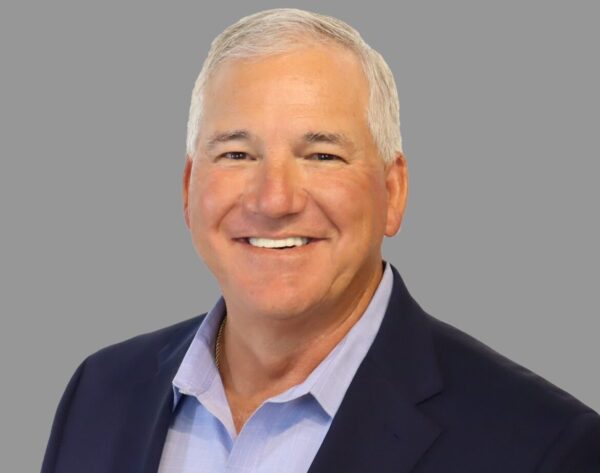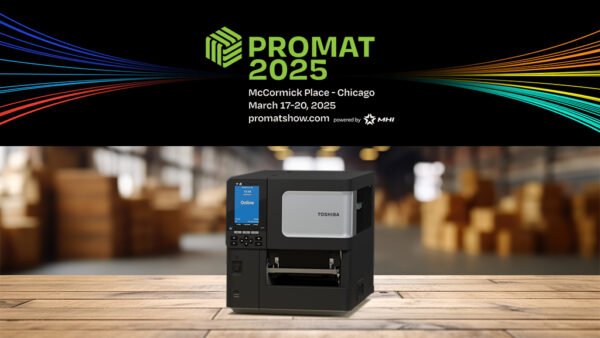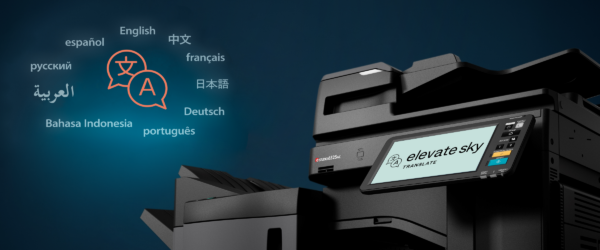A visit to the National Retail Federation Convention showcased the latest innovations in point-of-sale technology.
CJ and I received an invitation from our friends at Toshiba America Business Solutions (TABS) to attend the National Retail Federation (NRF) 2020 Convention at the Jacob Javits Center in New York City on January 12-14. We thought it would be a good opportunity to learn what Toshiba is doing in the retail space.
With a history that dates back more than a century, the NRF describes itself as the eyes and ears of the retail industry. The week of the convention is dubbed NRF Retail week. If you are interested in the retail supply chain, this is a worthwhile event. That’s evident by its 38,000 attendees and 800+ exhibitors.
The Toshiba Retail Connection
The retail segment of Toshiba’s business is dominated by point-of-sale (POS) devices. To strengthen its position in POS, Toshiba acquired IBM’s Retail Solutions Division for $850 million in April 2012. The division that handles these products is known as Toshiba Global Commerce Solutions.
The major competitors for Toshiba in POS are NCR and HP. Next time you visit a Walmart or CVS look at the self-checkout terminals and you will likely find that they are made by Toshiba.
On the Go
We enjoyed a tour of the Toshiba booth where the theme was “Moments that Inspire,” and spent some time with Toshiba Global Commerce Solutions Chief Marketing Executive Bill Melo.
“Our team embraces the opportunity to show our latest innovations and services capabilities, all with a clear focus on helping retailers thrive in 2020,” he told us.
The highlight of the tour was a demonstration of Toshiba’s “Frictionless Store.”
You may be familiar with Amazon’s “Go Stores” where you take the product off the shelf and are correctly billed for that item. These are small stores as the technology is still very much in the development phase.
As with any system of this type, you must ensure that the products scanned are properly identified. This requires sophisticated cameras, AI software, and special sensing materials to cover the shelves. For example, this ensures that when an item is removed it is not priced as fruit when it is a bottle of wine. This is referred to as addressing “the banana problem.” The point is bananas may be priced at 20 cents per pound and a bottle of wine 10 times that amount.
Frictionless Store is Toshiba’s version of a Go Store. It garnered a great deal of attention from attendees at NRF.
According to a press release issued by Toshiba Global Commerce Solutions, Frictionless Store employs multi-layered shelf-sensor technologies and computer vision with real-time edge computing, powered by its microservices software platform.
“The Frictionless Store demonstrates how retailers may evolve toward the store of the future at their own pace while solving immediate business challenges like item recognition at self-checkout to optimize throughput and prevent shrinkage,” is how Toshiba described the concept in the press release.
This is truly state of the art technology. A demo before an audience of retailers showcased the Frictionless Store’s capabilities and how it leverages existing technology. The demonstrator ended his presentation by summing up what the Frictionless Store means to the retail industry, similar to how Toshiba described it in its press release.
- From store to cloud-connected commerce;
- Activating intelligence: from data to actionable insights;
- Optimizing throughput: from transactions to front-end transformation;
- Point-of-sale (POS) and printers designed for retail.
CJ and I were surprised and impressed with what we learned at NRF. The convention showed us how different areas of technology can be adapted and merged to introduce solutions that are truly eye-openers.
Access Related Content
Visit the www.thecannatareport.com. To become a subscriber, visit www.thecannatareport.com/register or contact cjcannata@cannatareport.com directly. Bulk subscription rates are also available.




